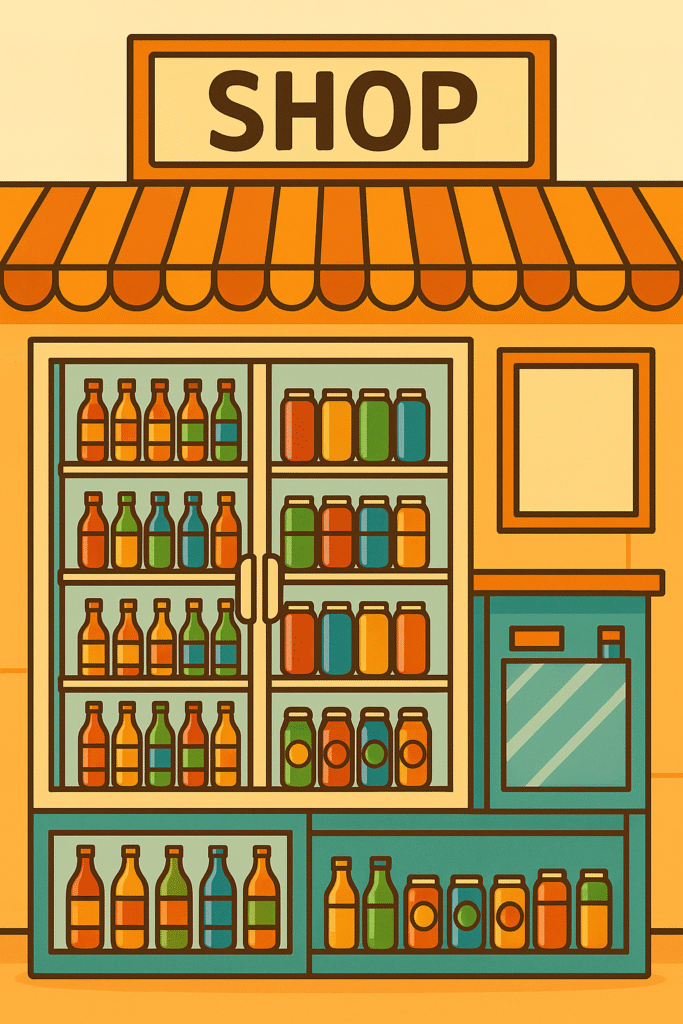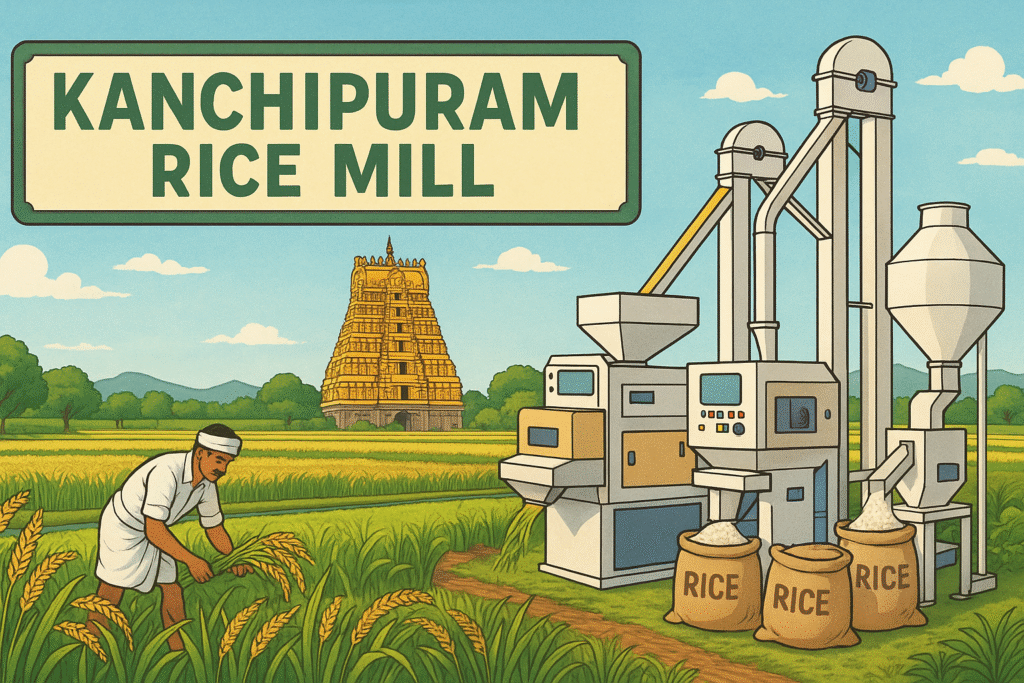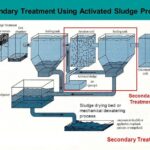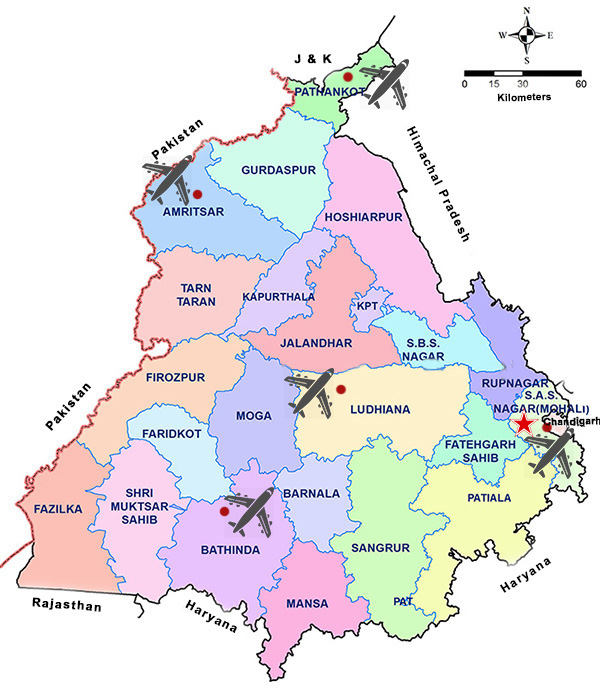Unraveling the Tapestry: Exploring Different Segments of the Textile Industry
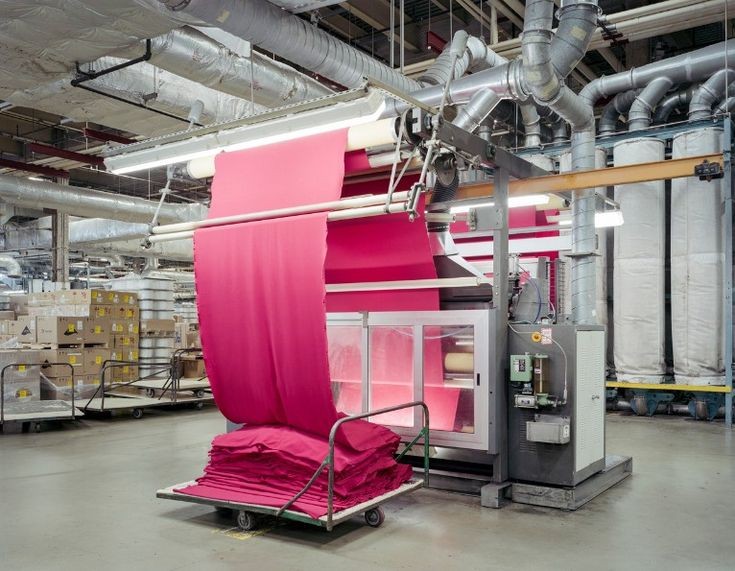
The textile industry is a vast and dynamic sector that touches every aspect of our lives, from the clothes we wear to the fabrics that adorn our homes. Beyond its surface, the textile industry is comprised of various segments, each contributing to the creation of a rich and diverse tapestry of products. In this blog post, we will take a closer look at some of the key segments within the textile industry, highlighting their significance, processes, and contributions to global commerce and culture.
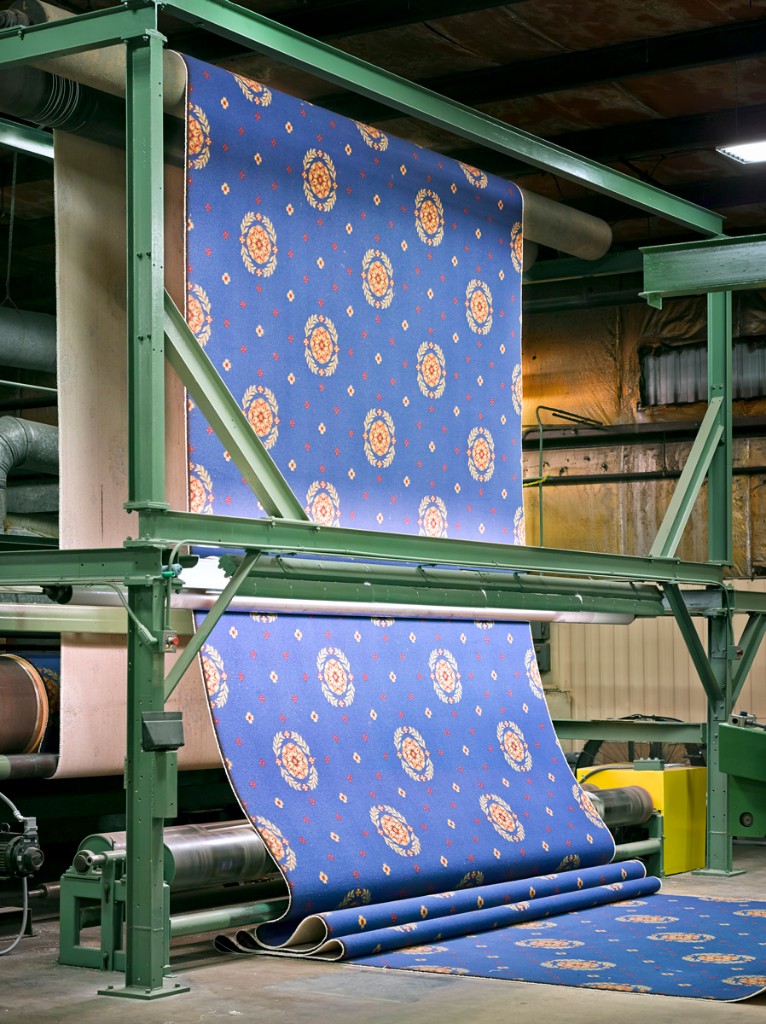
1. Fiber Production:
The journey of textiles begins with the production of fibers, the building blocks of fabrics. This segment includes natural fibers like cotton, wool, and silk, as well as synthetic fibers such as polyester, nylon, and acrylic. Fiber production involves processes like spinning, extrusion, and weaving, and it lays the foundation for the subsequent stages of textile manufacturing.
2. Yarn Production:
Yarn is formed by twisting fibers together to create a continuous strand. Yarn production involves various spinning techniques, including ring spinning, open-end spinning, and air-jet spinning. Different types of yarn are produced to meet specific requirements, such as strength, texture, and appearance, catering to a wide range of end products.
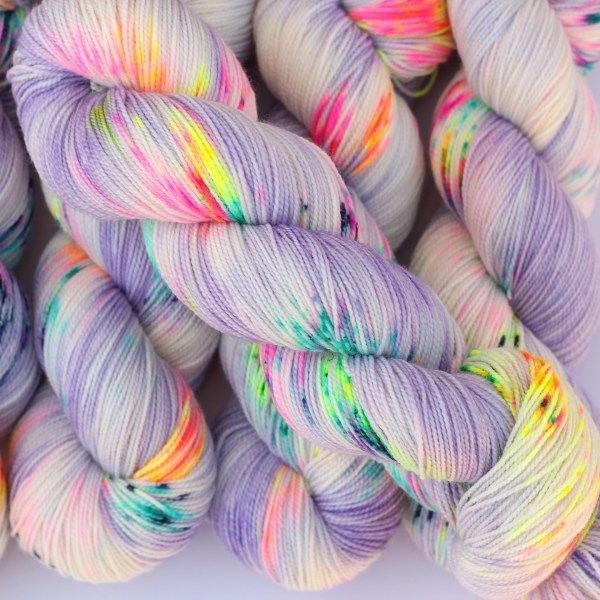
3. Fabric Manufacturing:
Fabric manufacturing encompasses weaving, knitting, and non-woven techniques. Weaving involves interlacing yarns at right angles to create woven fabrics like cotton, denim, and linen. Knitting, on the other hand, produces flexible fabrics by interlocking loops of yarn, resulting in items like T-shirts, sweaters, and socks. Non-woven fabrics are produced by bonding or felting fibers, often used in products like disposable medical supplies.
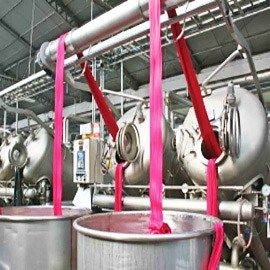
4. Textile Finishing:
Textile finishing involves processes to enhance the appearance, performance, and functionality of fabrics. It includes treatments such as dyeing, printing, bleaching, and chemical finishing. These processes contribute to the wide array of colors, patterns, and textures we see in textiles and also impact properties like water resistance, fire retardance, and durability.
5. Apparel and Garment Manufacturing:
This segment focuses on the production of clothing and garments. It involves designing, cutting, sewing, and assembling fabrics to create a variety of apparel items, from everyday wear to haute couture. Apparel manufacturing combines creativity, craftsmanship, and technological advancements to produce garments that reflect cultural trends and individual style.
6. Technical Textiles:
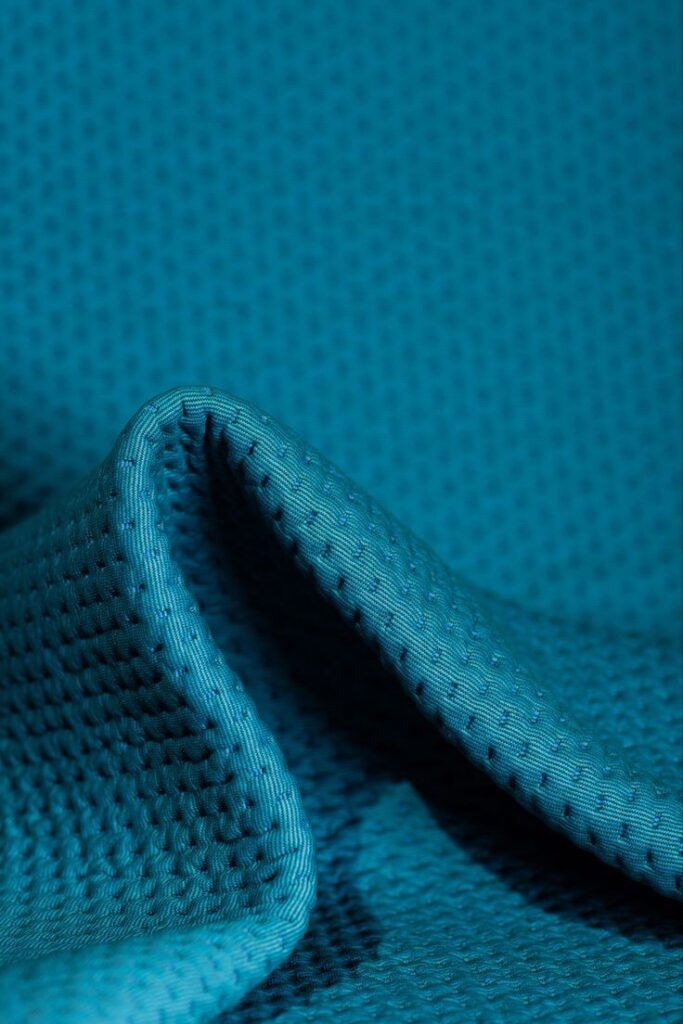
Technical textiles serve functional purposes beyond traditional clothing and décor. This segment includes textiles used in industries such as automotive, aerospace, healthcare, sports, and agriculture. Examples include airbags, medical textiles, geotextiles, and protective clothing, demonstrating the innovation and adaptability of textiles to address specific needs.
7. Home Textiles:
Home textiles encompass a wide range of products used to furnish and decorate living spaces. This includes items like bed linens, curtains, upholstery fabrics, and carpets. Home textiles contribute to the aesthetics and comfort of interiors while catering to diverse consumer preferences and interior design trends.
Conclusion:
The textile industry’s intricate web of segments weaves together creativity, technology, and tradition to produce an array of products that shape our daily lives. From the raw materials of fibers to the finished garments and textiles that envelop us, each segment contributes to the industry’s vibrant fabric. Understanding these segments provides a deeper appreciation for the complexity and significance of the textile industry, which continues to evolve and innovate while leaving an indelible mark on global culture and commerce.


